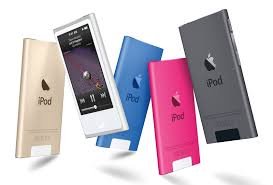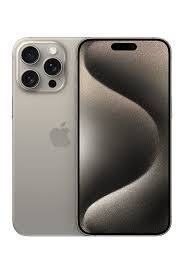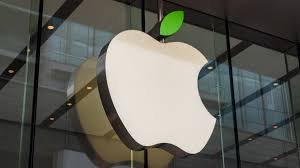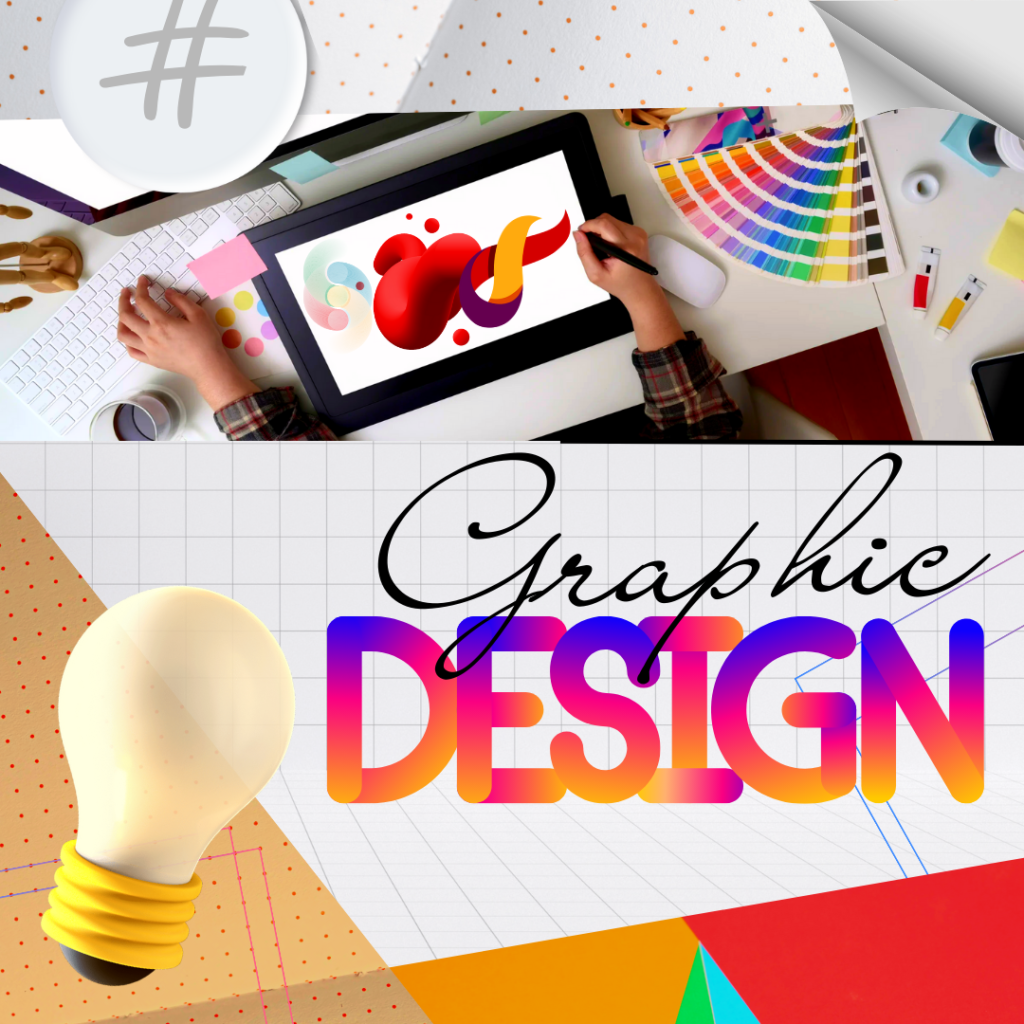Apple is a multinational technology company that designs, manufactures, and markets consumer electronics, computer software, and online services. It is widely known for its flagship products, including the iPhone (smartphones), iPad (tablets), Macintosh (personal computers), Apple Watch (smartwatches), and services like the iOS and macOS operating systems.
Apple was founded by Steve Jobs, Steve Wozniak, and Ronald Wayne in 1976. The company has played a significant role in the development of personal computing and the consumer electronics industry. Known for its sleek design, user-friendly interfaces, and innovative products, Apple has become one of the world’s most valuable and influential technology companies.
History of Apple
Certainly! Apple’s history is marked by several key milestones:
- Foundation (1976): Apple was founded on April 1, 1976, by Steve Jobs, Steve Wozniak, and Ronald Wayne in Cupertino, California.
- Apple I (1976): The first product, the Apple I, was a single-board computer developed by Wozniak. It was sold as a kit and lacked a keyboard, monitor, or case.
- Apple II (1977): The release of the Apple II in 1977 marked the company’s first pre-assembled personal computer.
- Macintosh and Lisa (1984): Apple introduced the Macintosh, featuring a graphical user interface and a mouse, in 1984.However, the Lisa, released earlier, also contributed to advancements in GUI technology.
- Steve Jobs’ Departure (1985-1996): A series of internal conflicts led to Steve Jobs’ departure in 1985. Apple faced challenges during this period, including a decline in market share and financial difficulties.
- NeXT and Pixar (1985-1996): Jobs founded NeXT, acquired Graphics Group; NeXT specialized in workstations, Pixar thrived.
- Apple’s Acquisition of NeXT (1996): Apple acquired NeXT in 1996, bringing Steve Jobs back to the company.
- “Think Different” and iMac (late 1990s): Under Jobs’ leadership, Apple adopted the “Think Different” marketing campaign and introduced the colorful iMac G3 in 1998, reviving the company’s fortunes.
- iPod, iTunes, and Apple Store (early 2000s): Apple’s entry into the consumer electronics market began with the iPod and iTunes.
- iPhone (2007): The introduction of the iPhone in 2007 revolutionized the smartphone industry, merging a phone and internet communicator into a single device.
- iPad (2010): Apple further reshaped the market with the launch of the iPad, popularizing the tablet format.
- Steve Jobs’ Death (2011): Steve Jobs passed away on October 5, 2011, leaving a lasting legacy in the tech industry.
- Continued Innovations (2010s-present): Apple continued to innovate with products and services.
Net Worth of Apple
As of my last knowledge update in January 2024, Apple Inc. had an estimated market capitalization of over $2 trillion, making it one of the most valuable publicly traded companies in the world. It’s important to note that the net worth or market capitalization of a company can fluctuate based on various factors, including stock prices, market conditions, and financial performance.
For the most up-to-date and accurate information on Apple‘s net worth or market capitalization, I recommend checking the latest financial news, reports, or Apple’s official financial statements. These sources will provide the most current data on the company’s valuation and financial standing.
Product

1. iPhone: Launched in 2007, the iPhone revolutionized the smartphone industry. Known for its sleek design, intuitive interface, and advanced features, the iPhone has seen numerous iterations, introducing new technologies and improvements over the years.
2. iPad: Introduced in 2010, the iPad popularized the tablet format. Available in various sizes and configurations, the iPad is widely used for work, entertainment, and creativity.
3. Macintosh (Mac): Apple’s line of personal computers includes the iMac, MacBook Air, MacBook Pro, and Mac mini. Known for their design, performance, and user-friendly macOS operating system, Macs cater to a wide range of users.
4. Apple Watch: Launched in 2015, the Apple Watch is a smartwatch that integrates with the iPhone. It tracks health and fitness metrics, offers notifications, and supports third-party apps.
5. Air Pods: Apple’s wireless earbuds, Air Pods, provide a seamless and wireless audio experience. The Air Pods lineup includes different models with various features, such as noise cancellation.
6. Apple TV: Apple TV is a digital media player and streaming device that allows users to access content from various streaming services. Apple TV+ is the company’s own streaming service with original content.
7. HomePod: HomePod is a smart speaker that integrates with Apple’s virtual assistant, Siri. It provides high-quality audio and can be used for smart home control.
8. Software and Services: Apple develops software such as the iOS and iPadOS for mobile devices, macOS for computers, and Apple Watch. The App Store, iTunes, Apple Music, iCloud, and AppleCare are part of Apple’s ecosystem of services.
9. Accessories: Apple offers a range of accessories, including keyboards, mice, cases, and chargers, designed to complement its products.
Renowned for its integration, quality, and seamless user experience, Apple’s product lineup positions it as a major player in consumer electronics and technology markets.
Marketing

Apple’s marketing strategies have played a crucial role in establishing the brand as a global tech giant. Here’s an overview of some key aspects of Apple’s marketing:
1. Simplicity and Design: Apple markets with simplicity, elegance, emphasizing sleek, modern device design in minimal campaigns.
2. Product Launch Events: Apple is known for its meticulously orchestrated product launch events. These events generate significant buzz and anticipation, contributing to the company’s ability to create a sense of excitement around new product releases.
3. Brand Image and Identity: Apple’s brand projects innovation, creativity, and quality, as seen in ‘Think Different’ and ‘Designed by Apple.
4. User Experience Focus: Apple marketing spotlights seamless integration, showcasing ease of use, intuitive interfaces, and ecosystem collaboration in commercials.
5. Emotional Appeal: Apple’s emotional marketing forms connections, highlighting the impact of products—capturing moments with iPhone, joy in music with AirPods.
6. Celebrity Endorsements: Apple’s occasional use of celebrity endorsements elevates the brand’s aspirational image through commercials and product launches.
7. Retail Store Experience: Apple stores offer immersive experiences, featuring a personalized Genius Bar assistance.
8. Innovation and “One More Thing”: Apple’s marketing highlights innovation, using ‘One More Thing’ to create anticipation, reinforcing commitment to pushing boundaries.
9. Digital and Social Media Presence: Apple leverages digital and social media platforms extensively for marketing. The company maintains an active presence on platforms like Twitter, Instagram, and YouTube, engaging with its audience and showcasing product features.
10. Limited Product Range: Apple’s limited range fosters exclusivity, aids brand identity, and ensures quality control.
By combining innovative product development with sophisticated and targeted marketing strategies, Apple has successfully positioned itself as a leader in the tech industry, attracting a dedicated and global customer base.
The user experience
Apple prioritizes a superior user experience by focusing on intuitive design, seamless integration, and meticulous attention to detail. Renowned for its user-friendly interfaces, products like the iPhone, iPad, and Mac offer a straightforward and accessible user journey.
The seamless integration across Apple’s ecosystem ensures a cohesive experience, allowing users to transition effortlessly between devices. This integration, coupled with Apple’s control over both hardware and software, contributes to optimized performance and stability. Regular software updates enhance features and security, extending the lifespan of devices.
Apple’s commitment to customer support through the Genius Bar, accessibility features, minimalist aesthetics, and a strong emphasis on security and privacy further contribute to a positive user experience. By considering environmental sustainability and showcasing a dedication to quality, Apple aims to provide users with a holistic and enjoyable experience that fosters brand loyalty.
Advantages:
Integration and Ecosystem: Apple’s ecosystem allows seamless integration between devices. iCloud, Handoff, and Continuity features make it easy for users to transition between their iPhone, iPad, Mac, Apple Watch, and other devices.
Design and Aesthetics: Apple is widely recognized for its sleek and minimalist design. The aesthetic appeal of Apple products, both in terms of hardware and software, is a significant advantage for many users.
User-Friendly Interface: Apple’s operating systems, such as iOS and macOS, are known for their intuitive and user-friendly interfaces. This ease of use is particularly appealing to individuals who may not be tech-savvy.
App Store and App Quality: The App Store offers a vast selection of high-quality applications. Apple’s strict app review process helps maintain a level of quality and security, providing users with reliable and well-designed apps.
Customer Support: Apple’s customer support, including the Genius Bar in Apple Stores, is often praised for its expertise and helpfulness. Users can receive personalized assistance, troubleshooting, and repairs.
Disadvantages:
Cost: Apple products are generally more expensive than those of many competitors. The premium pricing can be a significant drawback for budget-conscious consumers.
Closed Ecosystem: While the integration within the Apple ecosystem is an advantage, it also means that Apple users may face limitations when trying to connect with devices or services outside of the ecosystem. This closed nature can be restrictive for some users.
Limited Customization: Apple devices have limited customization options compared to some other platforms. This lack of flexibility may be a disadvantage for users who prefer a high degree of personalization.
Proprietary Software and Hardware: Apple’s proprietary approach can be a disadvantage for users who prefer open-source solutions or want the ability to modify and customize their hardware.
Repair and Upgrade Challenges: Apple’s emphasis on sleek design sometimes results in devices that are challenging to repair or upgrade. This can be a disadvantage for users who prefer easily repairable or upgradable devices.
Conclusion
In conclusion, Apple Inc. has established itself as a global technology leader, renowned for its commitment to delivering a superior user experience through innovative design, seamless integration, and a focus on quality. The advantages of Apple’s ecosystem include its user-friendly interfaces, aesthetic appeal, and a well-curated App Store. The company’s dedication to customer support further enhances the overall user experience.
However, the closed ecosystem, premium pricing, and limited customization options may be perceived as drawbacks, depending on individual preferences and priorities. Despite these considerations, Apple’s strategic approach to product development and marketing has contributed to its widespread popularity and success in the tech industry. Users are drawn not only to the functionality of Apple products but also to the cohesive and interconnected ecosystem that defines the Apple experience.
FAQs
1. What is the Apple ecosystem?
The Apple ecosystem refers to the interconnected network of Apple devices, software, and services. It allows seamless integration and sharing of data between products such as iPhone, iPad, Mac, Apple Watch, and Apple TV.
2. How often does Apple release new products?
Apple typically announces new products and updates at special events held multiple times a year. The frequency can vary, but major product announcements often occur in September and October.
3. Is Apple a closed ecosystem?
Yes, Apple operates a closed ecosystem, meaning its products are designed to work best within the Apple ecosystem. While this ensures seamless integration, it can limit compatibility with non-Apple devices and services.
4. What is the Genius Bar?
The Genius Bar is a support station located in Apple retail stores where customers can receive technical support, troubleshooting assistance, and repairs for their Apple products.
5. How does Apple handle customer privacy?
Apple places a strong emphasis on user privacy. Features like end-to-end encryption, App Store app reviews, and privacy labels provide users with control over their data and transparency about how apps handle personal information.
6. What is iCloud?
iCloud is Apple’s cloud storage and computing service. It allows users to store and sync data, such as photos, documents, and app data, across multiple devices.
7. Are Apple products compatible with non-Apple devices?
While Apple products are designed to work seamlessly within the Apple ecosystem, efforts have been made to improve compatibility with non-Apple devices. For example, apps like Apple Music and Apple TV are available on various platforms.
8. Can I customize the look and feel of my Apple device?
Apple devices have limited customization options compared to some other platforms. While you can personalize aspects like wallpaper and app arrangement, the level of customization is more restricted compared to certain Android devices.
9. How does Apple contribute to environmental sustainability?
Apple has committed to being environmentally responsible. The company uses recycled materials in its products, aims for energy efficiency, and has a goal to make its entire supply chain and product life cycle carbon-neutral.
10. How secure are Apple devices?
Apple prioritizes security, employing features such as Face ID, Touch ID, and regular software updates to enhance device security. The App Store’s rigorous app review process also contributes to a secure app environment.





